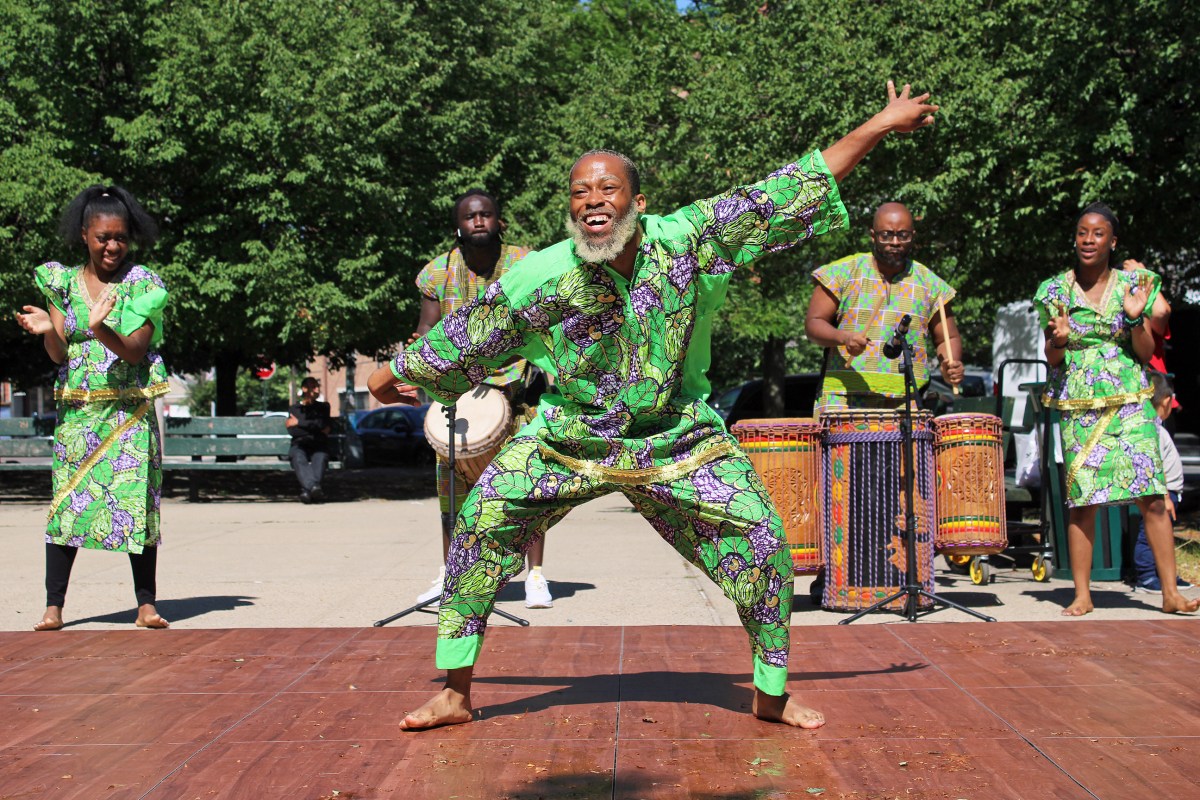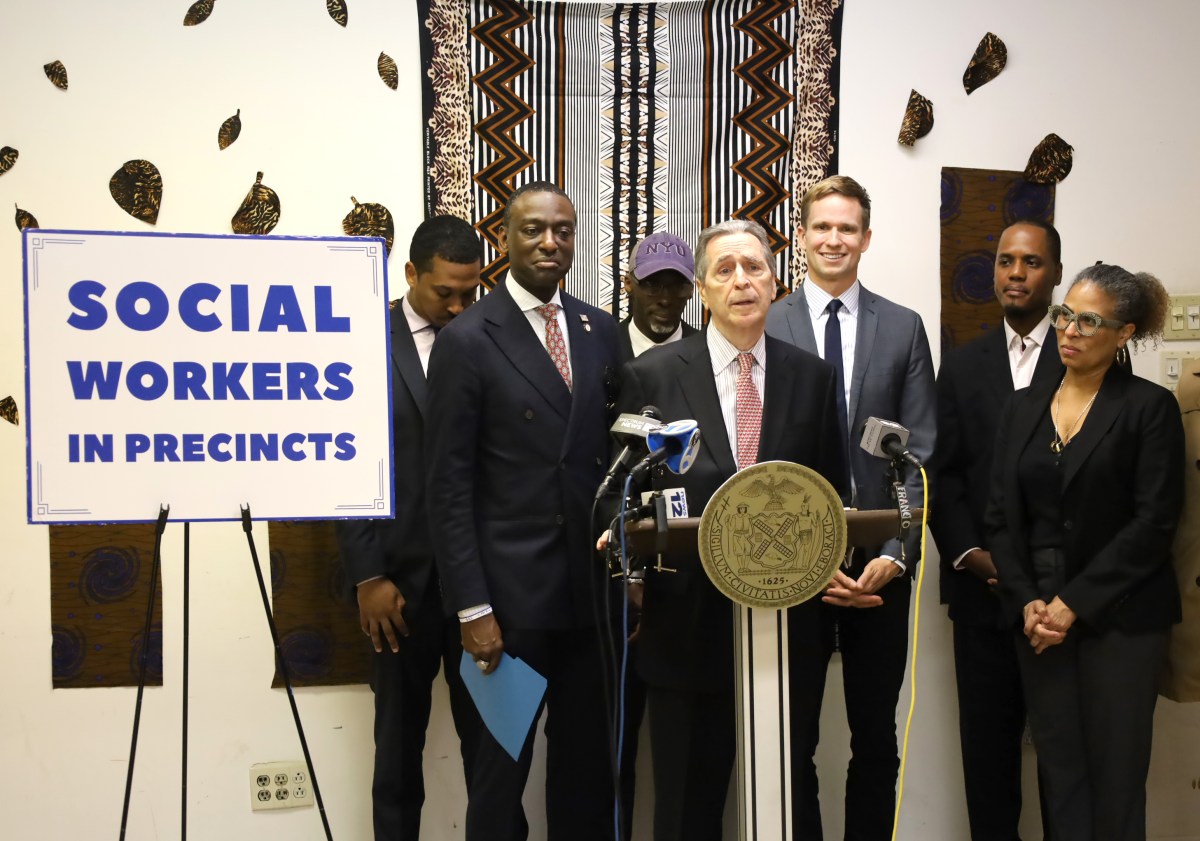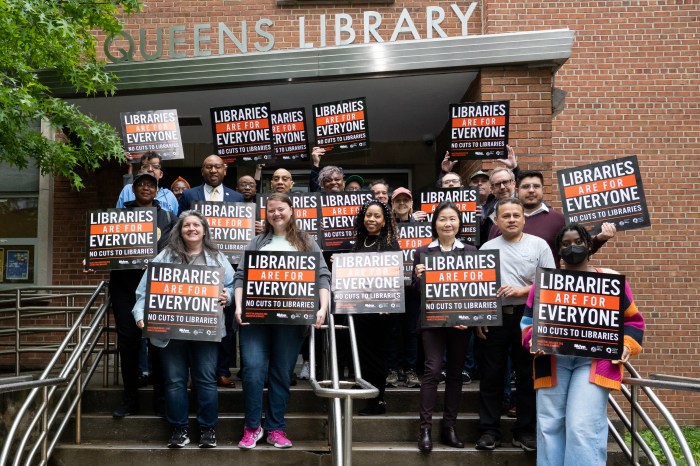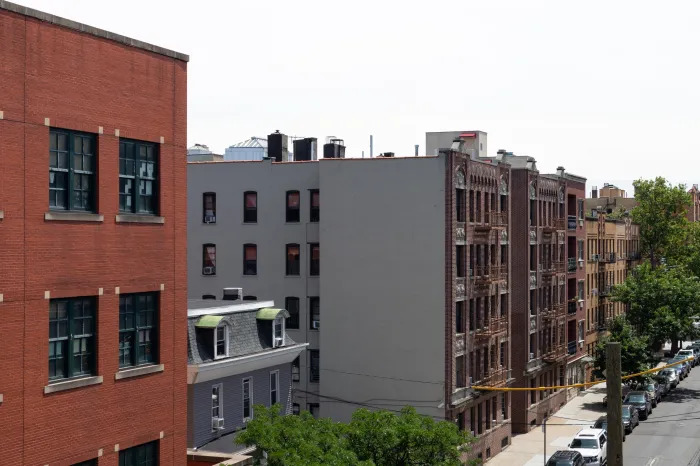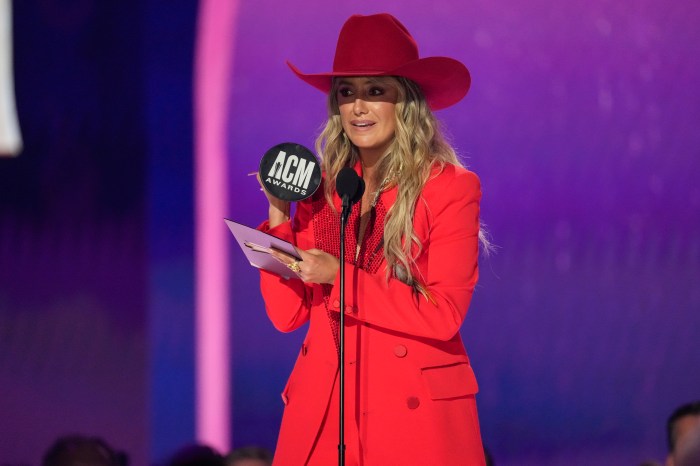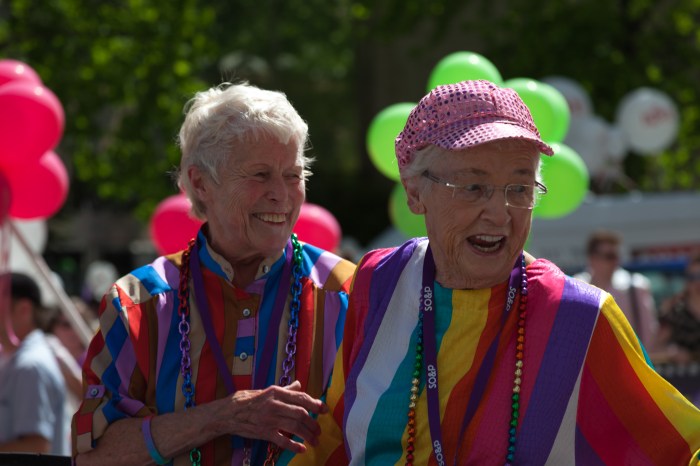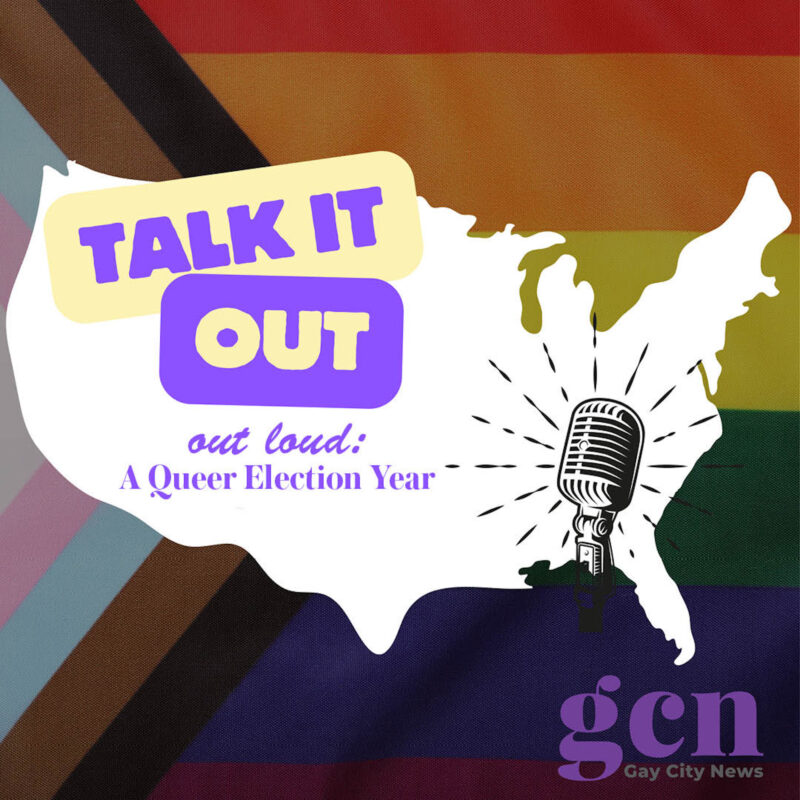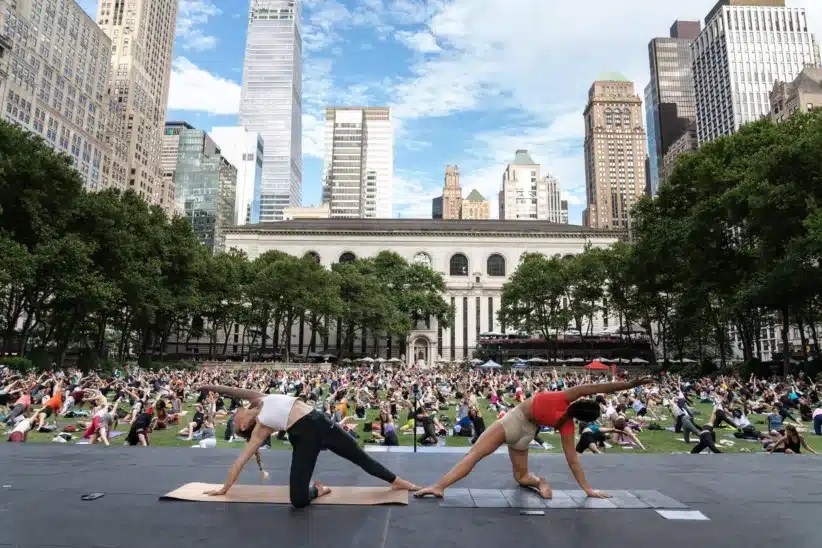By The TimesLedger
An 11th hour debate sponsored by the Flushing branch of the NAACP gave an unpleasant look into the politics of race in New York City. Three candidates hoping to replace Councilwoman Julia Harrison squared off at the Macedonia A.M.E. Church, including Green Party candidate Paul Graziano, Independence Party candidate Martha Flores-Vazquez and Democrat John Liu. Ryan Walsh, the Republican candidate, did not attend.
Kenneth Cohen, the president of the Flushing NAACP, set the tone for the evening. “Businesses [in Flushing] have become segregated,” he said. “We ask why this community has been consumed by one particular segment of the population … I look at Flushing today, and we have no African-American businesses, no Hispanic businesses, few Caucasian businesses.”
The premise of his question is, of course, not true. People of every ethnic and racial background do business in Flushing. In downtown Flushing, there is a heavy concentration of Chinese-American and Korean-American owned businesses. These businesses cater to the growing Asian-American population in Flushing. It is much like Harlem, where businesses are geared to African Americans, or parts of Roosevelt Avenue, where the shops and eateries court Hispanic Americans.
Of course, Asian Americans did not always dominate commerce in downtown Flushing. There was a time when white Americans who didn't know kimchee from an egg roll owned most of the businesses there. Driven by the forces of supply and demand, the nature of business in Flushing changed as the population changed. The investments of Asians and Asian Americans breathed new economic life into the downtown area. We hate to think what Flushing might look like today without this investment of capital and labor.
At times the debate turned ugly. Graziano complained that Liu had had received most of his campaign funding from Asian Americans. Well, duh. The Asian-American community has never been represented on the City Council. It is only natural that they contributed heavily to Liu. Liu readily admits that 85 percent of his campaign funding came from Asian Americans. But to suggest that this means that Liu cannot represent all the people of this district is inflammatory nonsense. It's thinking like this that has kept the Green Party on the fringe of American politics.
We would have been more impressed with Liu if he had strongly defended the success of Asian Americans in Flushing. Instead, he said, “we need to make sure that with all the new businesses coming in we allow the African-American community to open up businesses in downtown Flushing.” That's a nice sentiment, but where is the evidence that anyone has been denied the right to do business in Flushing?
There is no denying that ethnic tensions exist in Flushing. This is due in part to the fact that some people are jealous of the success of Asian Americans and to insensitivity on the part of some Asian-American store owners. To make certain that no one feels excluded, all signs currently written only in Korean or Chinese should also include an English translation. Such a simple gesture would go a long way to bridging a growing divide.
For the first time, the Asian-American community in Queens is starting to flex its political muscle. In so doing, they are following a pattern set by numerous other ethnic groups in the history of New York City. Rather than throwing stones at the new kids on the block, other groups would do well to learn from their success.



















